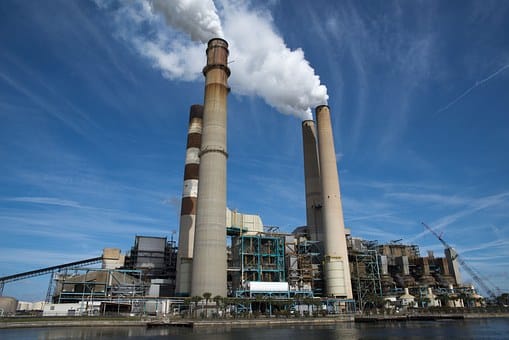U.S. EPA Issues First Permits for Carbon Sequestration in California

The U.S. Environmental Protection Agency on Dec. 30 issued Underground Injection Control, or UIC, Class VI well permits to Carbon TerraVault JV Storage Company Sub 1 LLC for permanent underground storage of carbon dioxide. This authorization marks the first permits for Class VI injection wells in California. Once developed, the injection wells can sequester 1.5 million metric tons of carbon dioxide annually, amounting to around 38 million metric tons of carbon dioxide during the project’s 26-year lifespan.
The permits authorize Carbon TerraVault, a subsidiary of California Resources Corporation subsidiary, to construct four deep injection wells in the Elk Hills Oil Field, around 20 miles from Bakersfield in California. The injection wells could reach over a mile below surface level into the Monterey Formation. Permanently storing carbon dioxide underground offers an effective way to reduce existing carbon emissions which contribute to climate change.
Before issuing the permits, the agency sought extensive input from the public by reviewing public comments and convening with stakeholders such as emergency responders and property owners to gauge the project’s impact on local communities. Additionally, EPA analyzed the potential geological impact of the project’s injection activities using historic seismicity data of the area which consisted of an assessment of faults and fractures.
EPA has determined that activities authorized under the permits are protective of underground sources of drinking water and public health as required by the Safe Drinking Water Act. While the permits authorize the injection of carbon dioxide pursuant to the act, they do not relieve the company from complying with applicable federal, state or local laws or regulations.
Prior to the operation of the site, the company must take actions to safeguard against carbon dioxide migration into underground sources of drinking water including securely plugging 200 wells where carbon dioxide is expected to migrate, and submit the records to EPA. Further, the company must continuously monitor the wells for groundwater quality, well integrity, and carbon dioxide movement. The company is required to ensure that the sequestered carbon dioxide stays underground by performing surface-level air and leak detection monitoring, and publish the data on a website.
In addition to thorough site monitoring, an Emergency and Remedial Response Plan is required including an emergency communication plan to notify the public of a sudden event or emergency. The permits remain in effect during the operating life of the wells and the post-injection site care period until completion of site closure.
Last year, EPA issued a final rule granting primacy to Louisiana for regulating Class VI wells for geologic carbon sequestration. This rule authorizes the Louisiana Department of Natural Resources to issue underground injection control permits for geologic carbon sequestration facilities as Class VI wells and ensure compliance under a program within the state except for those located on Indian lands.
EnerKnol Pulses like this one are powered by the EnerKnol Platform—the first comprehensive database for real-time energy policy tracking. Sign up for a free trial below for access to key regulatory data and deep industry insights across the energy spectrum.
ACCESS FREE TRIAL


